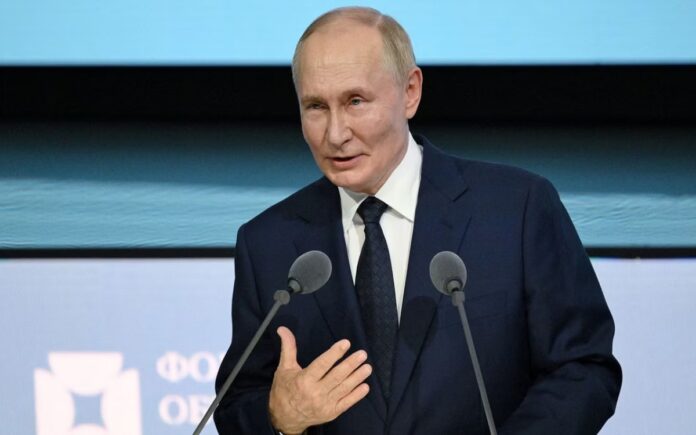New York: High-ranking U.S. military officials, including Generals Philip Breedlove and Ben Hodges, have outlined a stark and alarming scenario in which Russia could launch a full-scale military assault on Latvia and Lithuania by 2027. This projection underscores the growing geopolitical tension in the region, with both Baltic nations potentially facing swift and overwhelming aggression from Moscow.
10 Days for NATO Forces to Respond
According to Digi24, Russia could leverage its exclave Kaliningrad and neighboring Belarus as strategic bases to invade these Baltic nations, both of which are NATO members. In this scenario, Russia would begin its offensive by swiftly overwhelming Latvia within just three days, while simultaneously launching an attack on Lithuania.
NATO forces stationed in the region would likely have to retreat temporarily before reinforcements could arrive, under NATO’s Article 5 mutual defense clause. The report estimates that it may take up to 10 days for NATO’s main forces to reach the Baltic states, leaving them vulnerable during that critical period.
Grim Battle Simulation
Germany’s Bundeswehr, currently contributing around 800 troops to NATO’s forward presence in Lithuania, would play a pivotal role in the defense. By 2027, the German contingent is expected to grow to 4,800 soldiers and include 44 Leopard 2 tanks.
The simulation suggests that a German tank battalion would halt Russia’s progress into Lithuania, while additional NATO forces would organize a counteroffensive. The conflict would result in significant losses for both sides. Lithuanian and NATO forces would lose 17 tanks, 145 armored vehicles, and more than 3,600 soldiers. On the Russian side, over 400 tanks, 1,000 armored vehicles, and 11,000 troops would be lost.
Also Read | Russia’s Bombers Covered in Tires to Fend Off Drone Attacks
However, the simulation also warns that Lithuania could be “devastated and partially occupied” before NATO forces can fully intervene.
Path to Prevention
Despite the grim outlook, military officials believe this scenario can be prevented. They argue that increasing defense spending to 4% of GDP and enhancing NATO’s rapid response capabilities would help deter such an attack.



